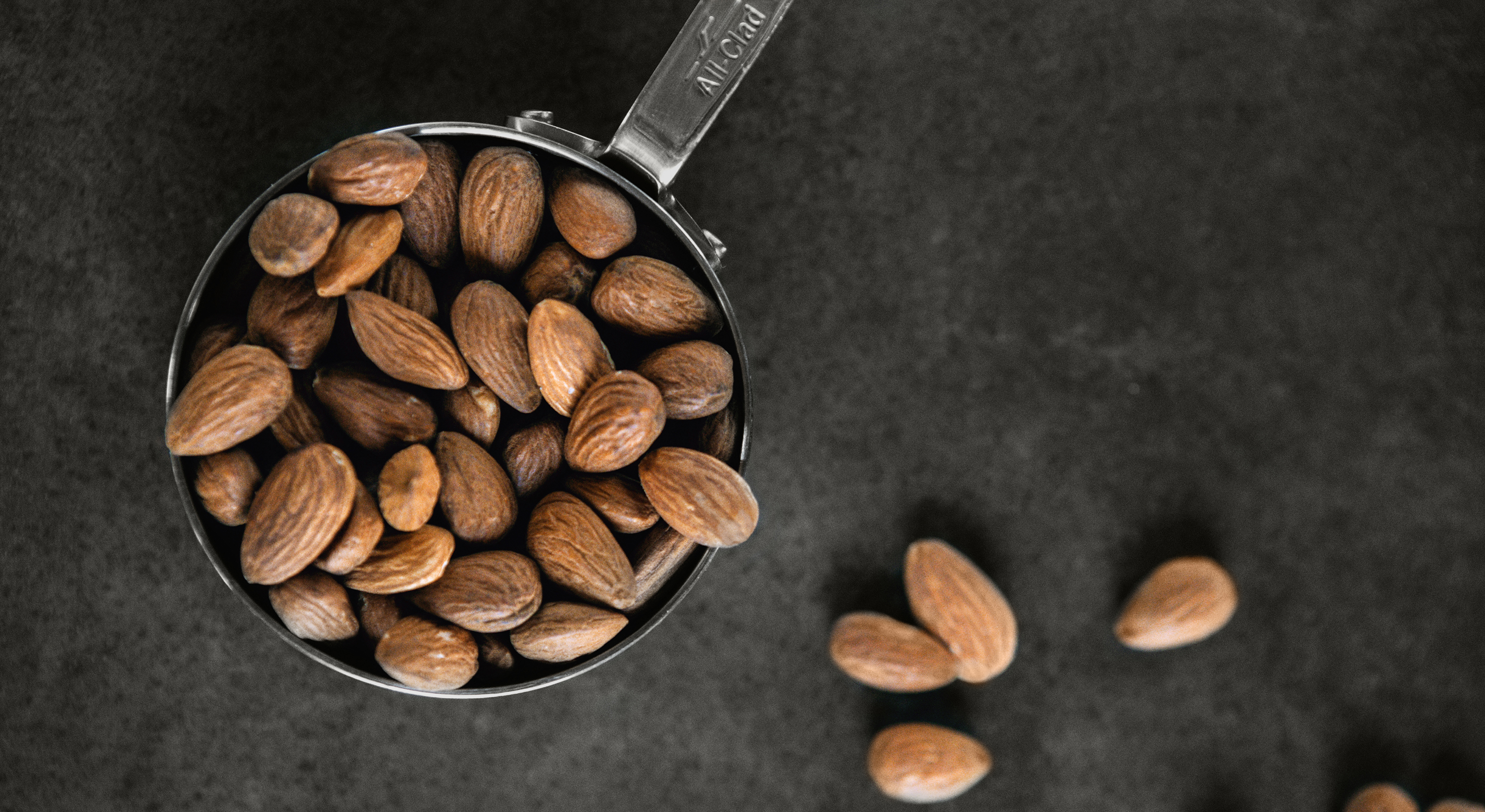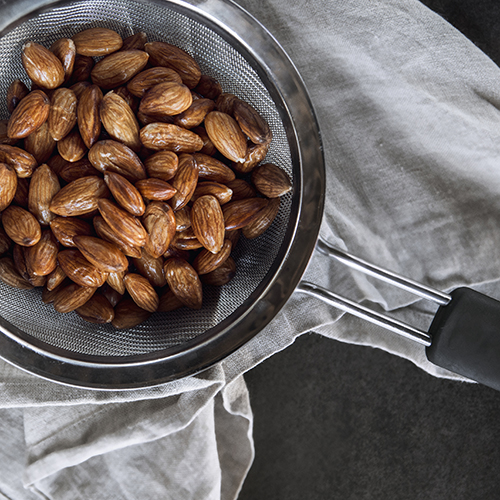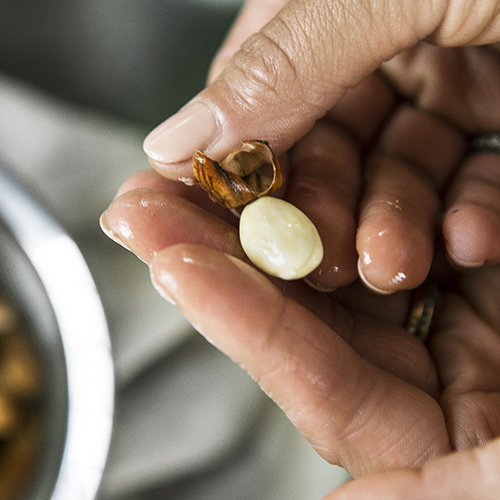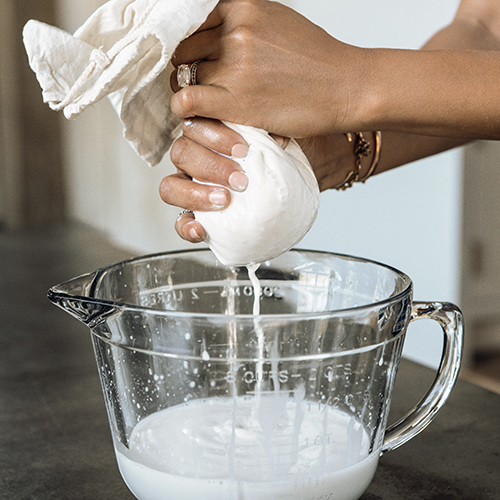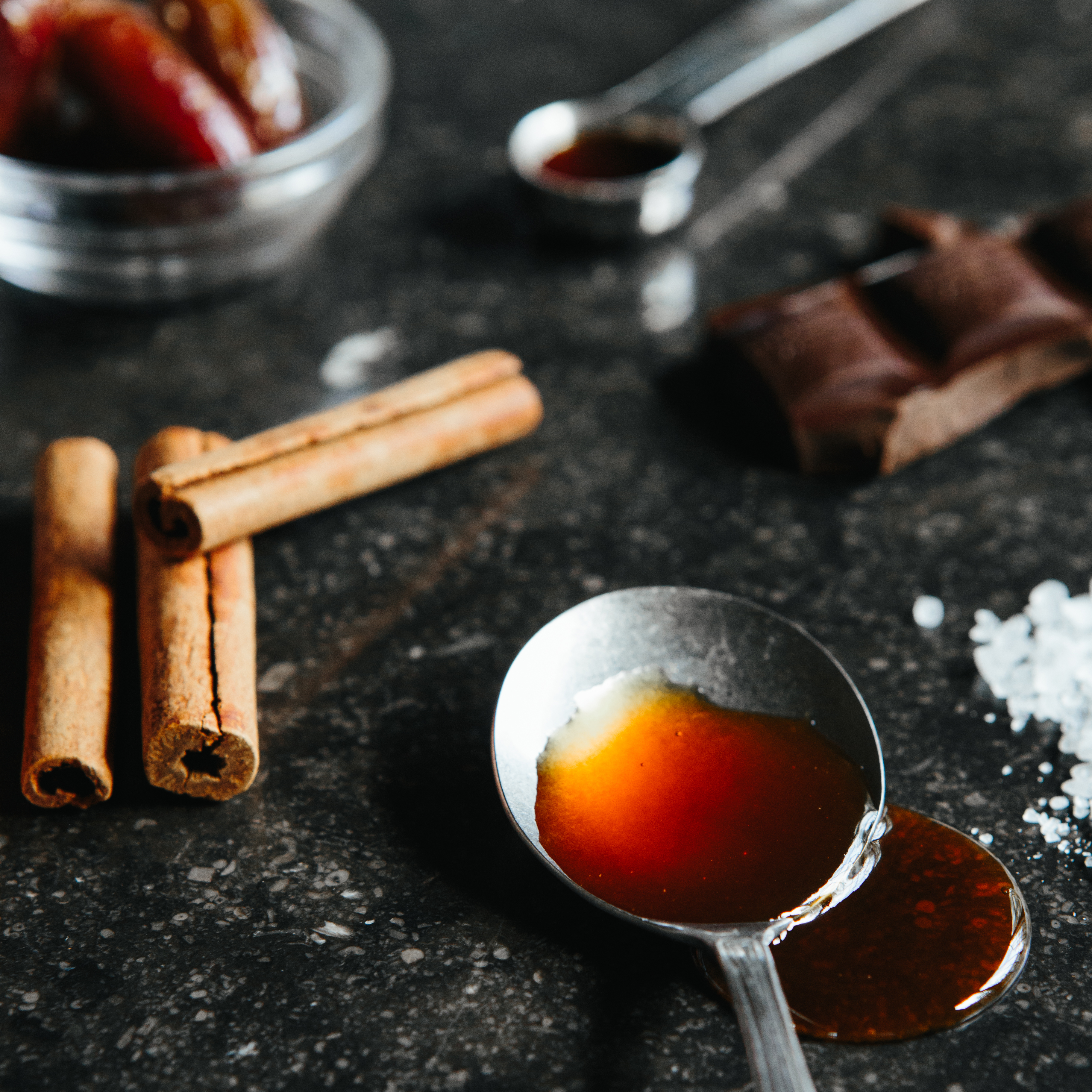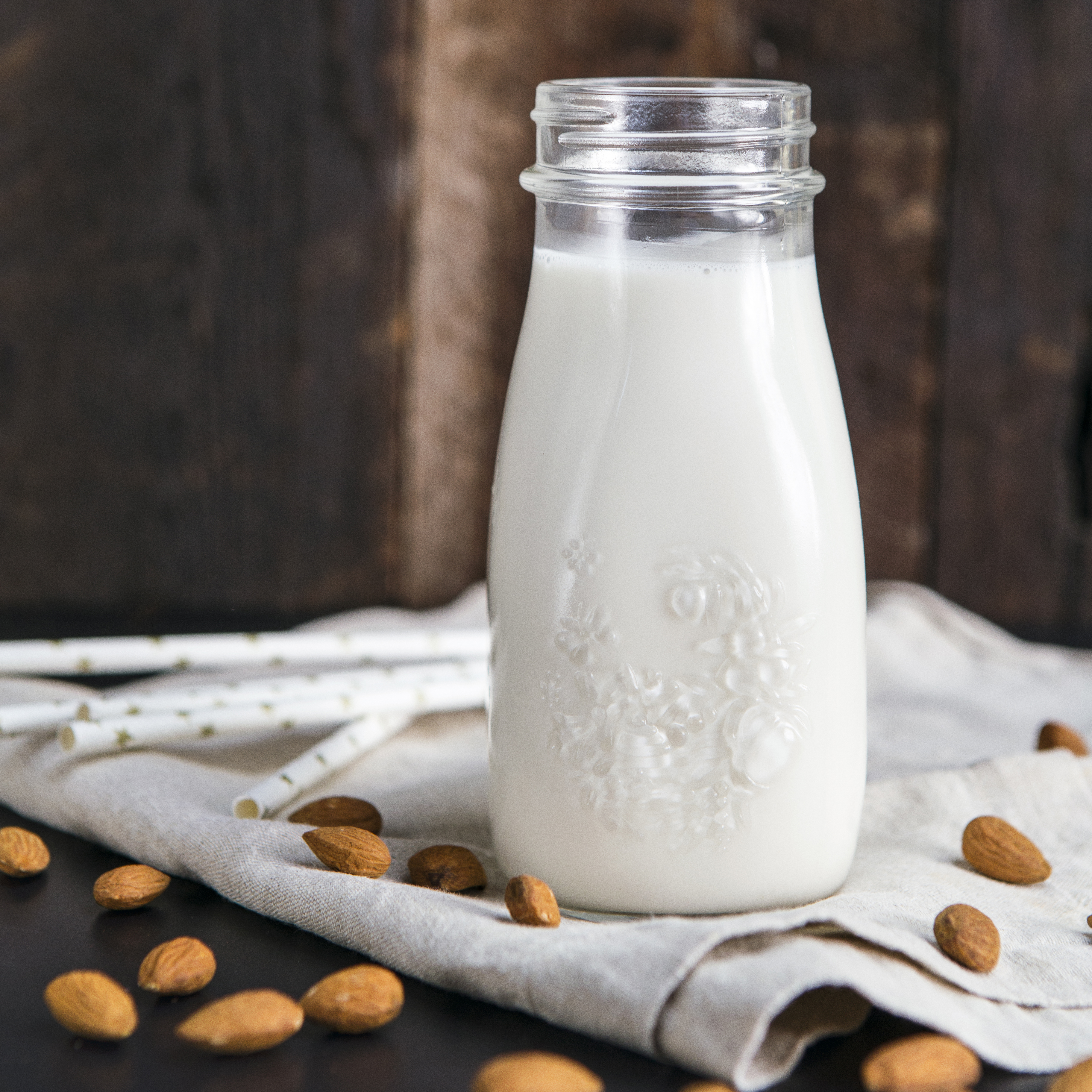Simple Homemade Almond Milk
Denise Vasi
Almond milk is an absolute staple in my house; I use it in everything from a sweet porridge to savory mac and cheese. The issue for me is that most almond milk options you’ll find flooding your grocery shelves come loaded with sugar, preservatives and stabilizers. Even more shocking, some brands have been involved in lawsuits paying out millions of dollars because their milk didn’t actually have enough almonds. Almond milk without almonds, you say?! HMM? Taking all of that into consideration, homemade almond milk was the obvious choice when picking which non-dairy milk to turn to after breastfeeding. Rich in vitamins, minerals and healthy fats, almond milk has a nutty flavor and a silky, creamy texture making it super versatile.
Serving: 4 Cups
- 2 cups raw organic almonds
- 4 cups filtered water plus more for soaking
- Sweetener of choice
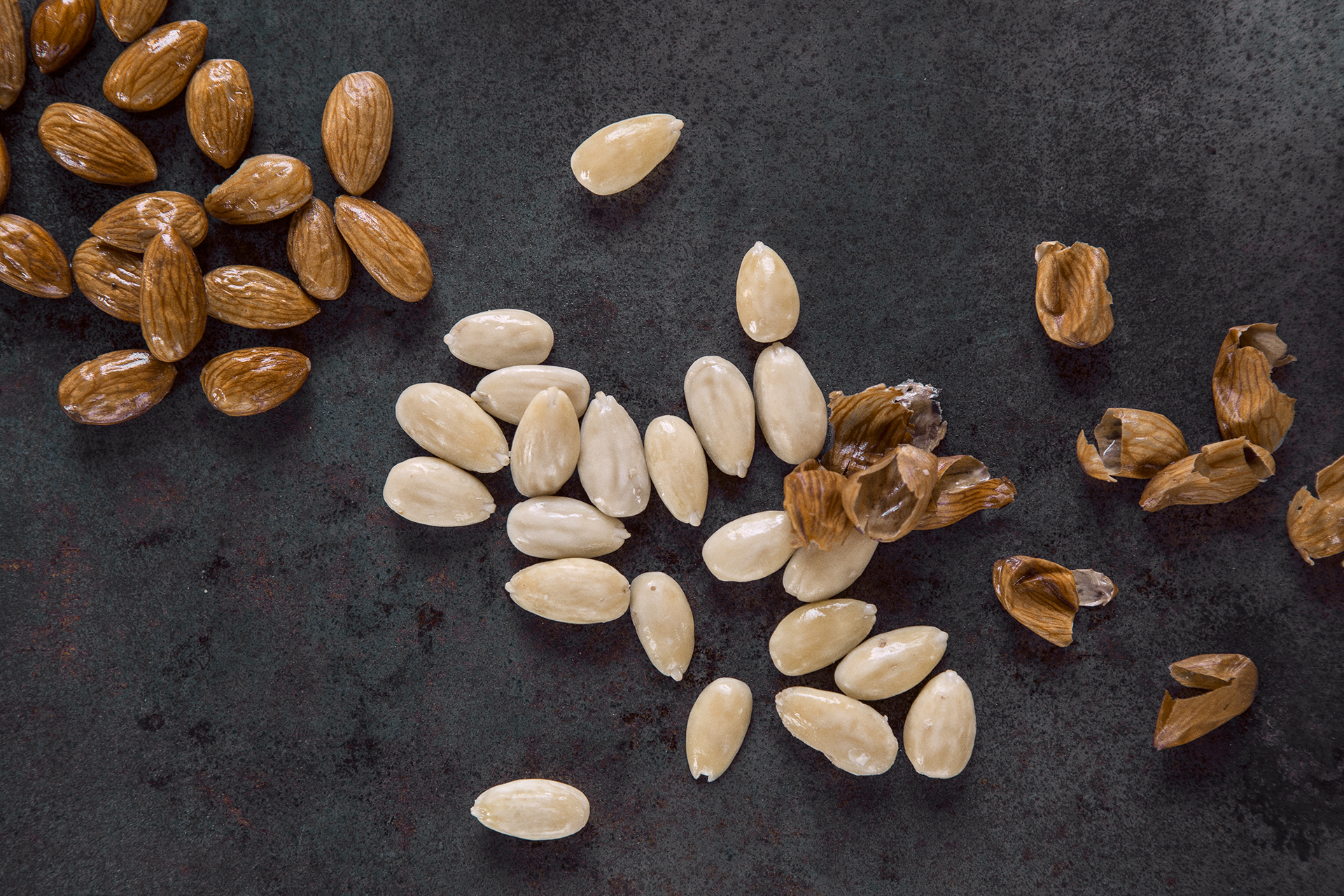
I make this staple almond milk recipe every few days and flavor the amount needed according to each scenario. So whether I’m making that strawberry almond milk that my daughter loves or I’m cooking up a vegan curry for dinner, I always have a bottle of basic almond milk that I can easily customize for every dish.
Real talk — this 100 percent felt tedious the first few times I attempted it, but nut milks are easy to make once you create a system and get your rhythm down. While some love using cheesecloth, I find it more convenient to use a nut bag (I use this organic one) and a high-speed durable blender is an absolute must. Also, an important part of any almond milk recipe is soaking and de-shelling your almonds.
FYI, I personally like creamier milk, so I use a 1 to 2 ratio. You may, however, need a thinner consistency when a recipe calls for almond milk, or you may prefer a less robust almond flavor. Adding an extra cup or two of water can address that.


